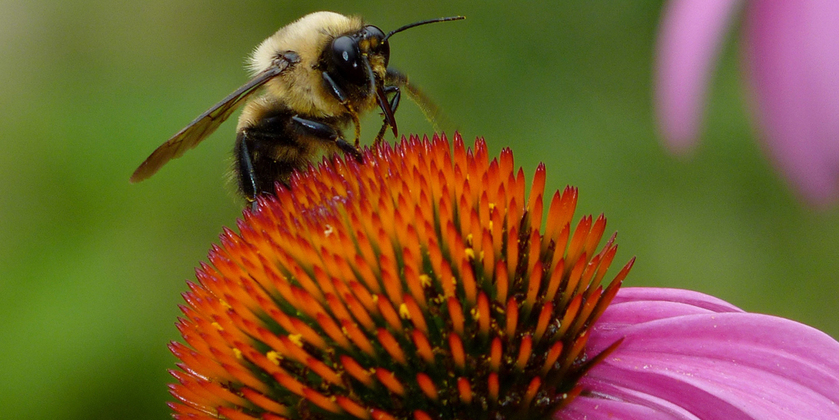2.1.1: Introduction
- Page ID
- 41418
The history of life on earth goes back more than 3.5 billion years, with all life evolving from a common ancestor and diversifying to what we currently see on earth today. The evolutionary history of a group of species is referred to as a phylogeny. The process of reconstructing a phylogeny is part of the science of systematics (the scientific study of biological diversity and its classification). Taxonomy is the science of classification (categorizing) and nomenclature (naming). Biologists prefer a system of classification that indicates evolutionary relationships among organisms. Cladistics is a method of classification in which organisms are categorized in groups (or clades) based on the most recent common ancestor. This methodology produces a phylogenetic tree that is a testable representation of the theoretical true phylogeny. Cladistics differs from historical methods of classification by relying on shared derived characters (a character shared by closely related organisms because they inherited it from their closest ancestor and which is not present in more distant ancestors) rather than overall similarity.

Contributors and Attributions
- Curated and authored by Kammy Algiers, CC BY-NC
- Figure from General Biology, OpenStax (20.0)


